Instructional Series
This site will be closing soon as its content has moved to Tāhūrangi.
2024 titles are available on Tāhūrangi. Use the filters to find specific series.
Find Literacy resources at Tāhūrangi - Literacy.
Welcome to the English medium literacy instructional series teaching and learning resources for years 1 to 8.
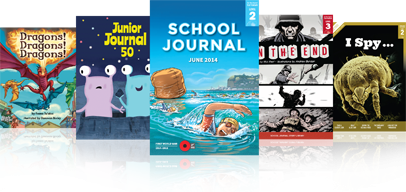
- Gold
- Blue
- Green
- Orange
- Red
- Turquoise
- Yellow
- 4
- 2
- 3
- 1
- 4
- 8
- 6
- 7
- 5
- 3
- 2
- 1
- Social Sciences
- English
- Health and Physical Education
- Science
- Technology
- The Arts
- Learning Languages
- Mathematics and Statistics
- Non-fiction
- Fiction
- None
- Living world
- Nature of science
- Articles
- Stories
- Poems
- Plays
Search results
117 items - Showing 31 - 40
-
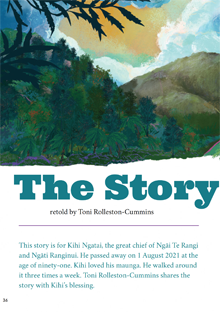
The Story of Mauao
retold by Toni Rolleston-Cummins; illustrations by Chloe Reweti
This story is for Kihi Ngatai, the great chief of Ngāi Te Rangi and Ngāti Ranginui. He passed away on 1 August 2021 at the age of ninety-one. Kihi loved his maunga. He walked around it three times a week. Toni Rolleston-Cummins shares the story with Kihi’s blessing.
Long ago, there were three maunga …
-
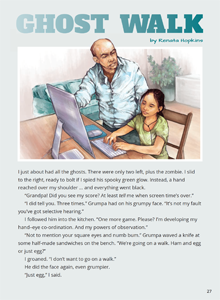
Ghost Walk
by Renata Hopkins, illustrations by Rosie Colligan
Grumpa wants to take a walk, but the narrator has other ideas. Grumpa wins, and the pair tour Christchurch’s Red Zone, where the narrator learns to see what’s no longer there – and ways we can preserve the past.
-
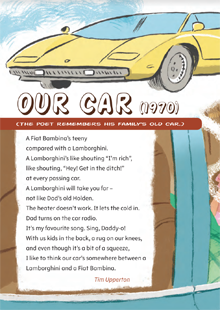
-
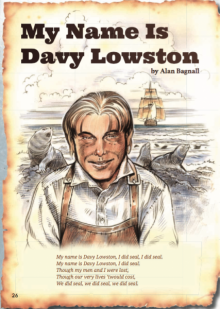
My Name Is Davy Lowston
by Alan Bagnall
illustrations by Spike Wademan
This text is a fictionalised recount. Davy Lowston was among a group of sealers set down on the Open Bay Islands (off the west coast of the South Island) in 1810. The ship that was to pick them up sank in a storm, and the men were marooned for four years. Their story is the basis of one of the earliest folk songs in New Zealand.
Listen to the song of Davy Lowston:
-
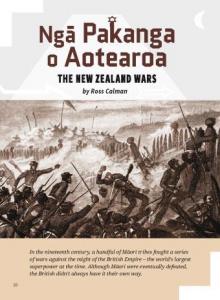
Ngā Pakanga o Aotearoa/The New Zealand Wars
by Ross Calman
“The New Zealand Wars” describes the wars fought between 1845 and 1872. The wars were about who controlled the country and who owned the land. This long and fascinating article explains the circumstances of the wars, including the areas and tribes involved. There are good general descriptions of the main confrontations and key players, both Māori and British. The text is written by a Māori author who presents a balanced account of the wars and their impacts.
-
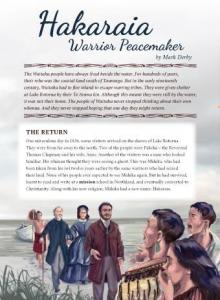
-
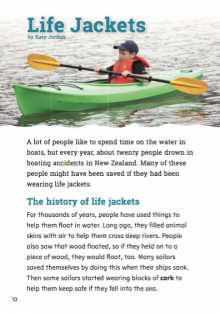
Life Jackets
by Katy Jordan
This report outlines the history of life jacket development and explains how life jackets help keep people safe.
-
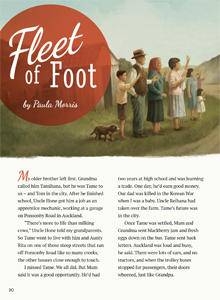
Fleet of Foot
by Paula Morris; illustrations by Andrew Burdan
The movement of Māori to the cities in the 1950s and 1960s was one of the most significant movements of people in our recent history. Paula Morris has used stories from her whānau as a basis for “Fleet of Foot”, a work of fiction that sits alongside “Kei Te Tāone Nui”, an article in the same journal that also explores the topic of Māori urbanisation. The text has links to the Aotearoa New Zealand’s histories curriculum.
-
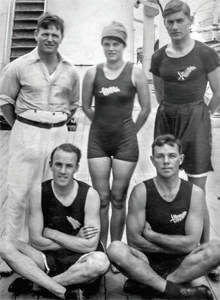
Our First Olympians
by Bill Nagelkerke
“Faster, higher, stronger ...” The Olympic Games have been a source of international interest and entertainment since the late nineteenth century. This article provides information on some of our earliest Olympians, with a particular focus on the four athletes who attended the 1920 Summer Olympics in Antwerp, Belgium. It was the first year that Aotearoa New Zealand had sent an independent national team to the games, and despite facing additional challenges of distance and expense, all four athletes made the finals with one winning a bronze medal. The final paragraph of the article extols the benefits of aiming high and working hard to achieve a goal.
-
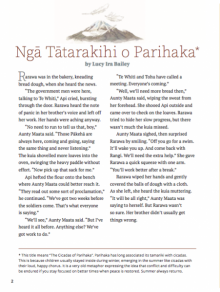
Ngā Tātarakihi o Parihaka
This story, set at Parihaka just prior to the government raid in 1881, is told from the perspective of a young girl who was living there. The author’s great-grandmother was living at Parihaka at that time, and the story is partially based on oral history.






 Literacy Online home
Literacy Online home
